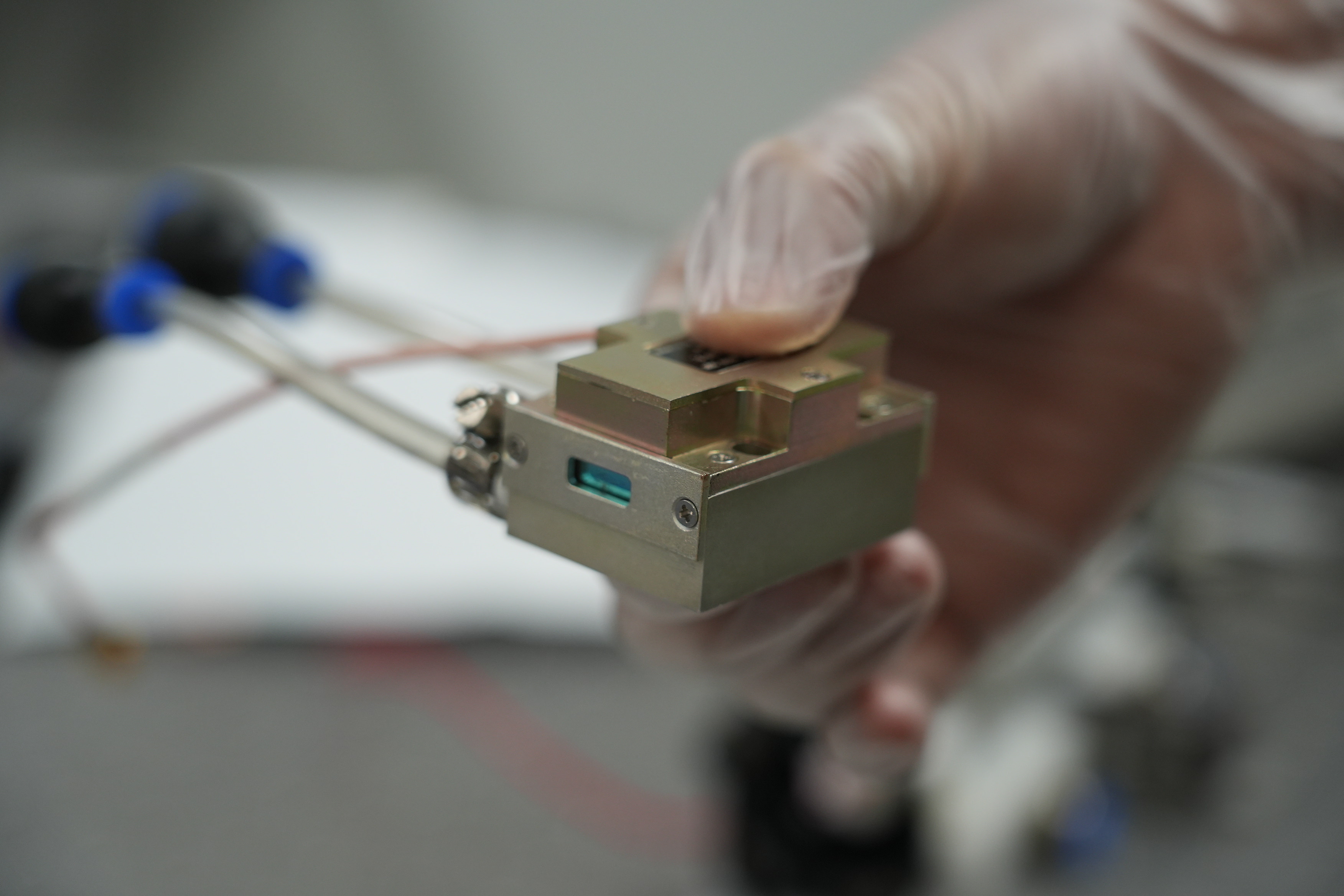
A novel laser system made by a research team at Hefei Institutes of Physical Science of Chinese Academy of Sciences successfully make lasers in the mid-infrared range work better.
"Mid-infrared lasers are super useful in medicine, materials processing, and environmental monitoring," said JIANG Haihe, who led the team, "This system could shoot out laser pulses with more power and in a shorter time than before".
Mid-infrared lasers in the 3-12 μm range have diverse uses. To improve their efficiency and power, researchers are exploring different laser materials and structures. One promising candidate is the Er, Cr: YSGG laser crystal, known for its efficiency and cost-effective flashlamp pumping.
In this study, the team focused on a special kind of crystal called Er, Cr: YSGG, which can shoot out light at 2.79 μm. That's the kind of light people can't see with eyes, but it's really useful for lots of things. They figured out a way to switch the laser on and off really quickly using an acousto-optic Q-switch. This makes the laser pulses super short and powerful.
But there was a problem: when the laser got too hot, it started messing up the light beam. The thermal lensing effects would distort the laser beam and reduce output efficiency and stability. It was like looking through a wobbly lens. So, the team came up with a useful design to fix this issue. They made the laser setup so that it could handle the heat better, keeping the light beam nice and steady.
The study offers valuable insights into laser physics and engineering, paving the way for more efficient laser systems for practical use, according to the team.

an acousto-optic Q-switch makes the laser pulses super short and powerful. (Image by ZHAO Weiwei)

Schematic diagram of 2.79 μm Er, Cr: YSGG laser system based on LiNbO3 acousto-optic Q switch. (Image by HUANG Lei)